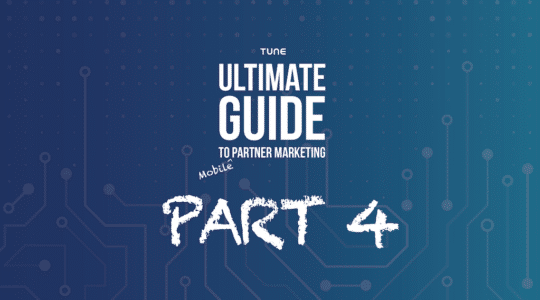
One of the biggest challenges in performance marketing is assigning attribution appropriately. With an average of three clicks to conversion (and oftentimes more), it can be difficult to track who – or what – should be responsible for that conversion.
During “The Evolution of Attribution Across the Entire Customer Journey” session at Performance Marketing Insights, a panel made up of Greg Shepard (Founder and CEO – Affiliate Traction), Sandra McDill (Client Services Director – TagMan), Neil Hoyne (Global Program Manager, Attribution – Google) and Vik Mehta (CEO – VastEdge.com) discussed why it’s critical to measure attribution accurately, along with the challenges and future of the attribution model.
According to a study by Econsultancy, only 54% of businesses carry out any form of attribution. Of these businesses only 89% of them said it had a positive impact on business and only 29% said the impact was major. Attribution can be incredibly easy to measure, however. The three common ways, according to the panelists at PMI, are capturing the data, measuring the data, and making decisions with the data. Essentially, attribution is simply analyzing how consumers come into contact with your brand and what actions they make until they convert, while tying all this data into your CRM database. One of the best tools for starting this analysis is Google Analytics.
But how do these methods help to understand and create an approach that provides the best results? At PMI, the panelists said it’s critical to look not at the value of each channel, but at the behavior of individual customers. By looking at the behavior of individuals, you can not only assess the lifetime value of customers, but also get a better sense of what your individual customers’ influence will be. This influence will lead to more referrals and more conversions, which will create a cycle of leads that are more likely to convert. This will ultimately provide more value than simply honing in on a single channel that is generally more successful than another.
The panelists also believe that learning to measure attribution accurately now will be increasingly beneficial as the ability to measure attribution across devices becomes more readily available over the next year. It may be more complicated to measure right now, but the brands that understand how to measure attribution as consumers pass through the conversion funnel on a single channel, will be better prepared to measure attribution as new tools become available to understand how consumers pass through the funnel on multiple devices.
Admittedly, setting up the analytics model to measure attribution can take some time. However, pulling the report can literally take just a few seconds – and measuring it accurately can make the difference between being a business that not only sees an impact, but sees a major impact.
Does your brand measure attribution? What challenges have you faced in measuring attribution accurately? Share your thoughts in the comments.
Like this article? Sign up for our blog digest emails.
Author
Becky is the Senior Content Marketing Manager at TUNE. Before TUNE, she handled content strategy and marketing communications at several tech startups in the Bay Area. Becky received her bachelor's degree in English from Wake Forest University. After a decade in San Francisco and Seattle, she has returned home to Charleston, SC, where you can find her strolling through Hampton Park with her pup and enjoying the simple things in life.




Leave a Reply
You must be logged in to post a comment.